As a prepper, you understand, at a minimum, basic survival skills.
You know what to stock up on, different survival techniques to live, for at least a short time, in a shelter, and how to beat the boredom, should that day come. But what do you know about building the actual structure that you will be using as the base for your prepper home? What about constructing the rest of the necessities? Even if you decide that you want an underground bunker, you should really consider having a surface building. Building a shed like this 16×24 gable shed is an easy way to start your prepper structure. Using the basic survival skills, that you most likely are already equipped with, can help you with the project and do it effectively.
Planning
As with any project, proper planning is step number one. As a prepper, you are a born planner. After drawing out your structure, determining the size of location of your shed, you want to ensure that all your necessary paperwork is filed with your local building department. If you plan on adding an underground segment to your shed, Calling Before You Dig is advised. It is a free service that comes out and marks any underground utilities that may be in place. While you will most likely be putting this in your backyard, it’s never a bad idea to ensure that you won’t run into an unanticipated obstacle.
What You Want to Avoid and How to Combat It
Unlike a traditional shed, most preppers don’t want their structures to be highly ventilated. If there is a nuclear attack, the idea of a prepper shed is to isolate in a sealed place. So, the one thing you want to avoid is adding in traditional ventilation that you would want in a garden shed.
How To Build a Small Bunker in Your Backyard with $400
Ideally, you will be sealing all cracks and crevices, and keeping your shed water and air tight. When constructing out of wood, this can be a challenge, as critters and creatures tend to find their way into outbuildings. For these concerns, you might want to investigate a heavier duty material, like cement board.
Cement board is 100-percent inorganic. It is made from: cement, water, silica, limestone, and fibers such as Kevlar or fiberglass. This material is harder to burrow through and can be sealed easily and better, at the corners, with caulk.
In addition, cement backer board is porous, so thin-set and mortar adheres well to it. This gives you to ability to add additional layers of protection to your structure to ensure that it is stable and air-tight.
Cement boards come in varying widths, from ¼ to 5/8 inch.
Flooring
Even if you have an underground bunker, you will need to protect the shed structure and have a stable floor. To do this you can use poured concrete or concrete blocks with a cement board overlay.
The reason for using a concrete flooring is to keep anything in the ground from penetrating your shed, eliminating the chances of rot and decay. Water, critters, and ice can all damage a wood floor. While you can build your shed right on the ground, you want it to be as strong and sturdy as possible. To do this, having a strong foundation is key.
If you build an attached underground bunker, be sure to have a secure hatch that you can open and close from both sides, and lock from the inside. This hatch should not be made from wood, which can warp and rot, but rather something stronger, like steel.
The last thing you want is to be trapped in your bunker or not have the protection of locking capabilities you need while you are down there.
The Exterior
Even if you decide to build your shed out of cement bricks, with concrete boards on the interior, you don’t want to be staring at a grey structure in your yard. Siding the prepper shed is a great way to brighten up the outbuilding, while protecting the bricks and blocks you will have in place.
When it comes to siding, you have three basic options: wood, aluminum, and vinyl.
- While wood is attractive, it can be easily damaged, catch fire, or rot.
- Aluminum is a soft metal that can ding and dent easily.
- Vinyl is the most durable. It is resistant to rot and critters and can take somewhat of a beating before it breaks.
Since the siding is just a cover for a harder exterior, breakage is not a huge concern, but rot-able materials are best avoided.
Each of these materials can easily be installed.
The Roof
When it comes to prepping, longevity is key. Unless you want to be doing regular roof maintenance to your shed, opt for a 50-year shingle. You won’t regret the investment, as these tend to last much longer than a 10-year shingle, being thicker and more heavy-duty.
Ventilation and Water
You have sealed the outside air out, with your cement board and overlayers, but you will still need air flow. Consider digging an air shaft for this purpose. While this will be more time consuming it will be worth it should you need to be in this structure for an extended amount of time. While you are digging, also consider digging a separate well and having water piped into your shed from that.
Digging an air ventilation shaft is best done down vertically, or near vertically. You will also want to include air scrubbers in your design, to filter the air inside your shelter as well as any air that many come from a down draft; these can mostly be prevented with proper fittings, however.
Well digging will require some knowledge of the terrain and spring systems. If there is a nearby body of water, you want to make sure that the water feeding your shed is not going to be contaminated when it gets to you. While the earth is a natural filtration system, be sure to still have a water purifier system in place.
Waste
If you have an underground garden, or root cellar, you can filter your bodily waste as fertilizer. Known as biosolids, this technique of gardening has been around for centuries. Using human biosolids in their gardens is not common practice anymore, as people have turned to animal feces (manure) for fertilizers, deemed safer due to human disease. However, when you are working on survival methods for your own family, the factor of using an unknown source of biosolids is taken out of the equation.
Human waste is rich with nitrates, phosphorus, and potassium, which makes for a great fertilizer. While feces may contain pathogens, urine is, or is nearly, pathogen free. Since you will need a disposal system anyways, you can help to fertilize an underground garden, and repurpose your poop, all at the same time.
The Aftermath
If you should survive a catastrophic event in your shed bunker, chances are not much on the surface made it through. You will need a long-term plan for hunting (if there is anything left to hunt) and cooking.
Make sure that you have enough ammo on hand, as well as some hand tools to make bows and arrows.
You will want to make sure that you are well versed in fire starting too. Prepping for this is a survival skill worth acquiring. A bow drill is easier said to use than done. It takes having the right materials and a lot of time to get a fire going. Be sure to stock up on flint and steel. You will be thankful for these little fire starters should you ever need them and when stored properly, they don’t have a life expectancy.
Knives and sharpening stones are also good to have on hand. You will need sharpening tools for your axes, for wood chopping, as well.
If your surface shed survives, you want it to be useful. Consider adding bunk beds to the inside walls, that fold flush against the wall. These can be easily covered by shelving units in the interim, storing your canned food, toiletries, and medical essentials. The purpose of shelving is so that you don’t have to go down into your bunker every time you want to rotate your stock. If you keep your inventory in bins, in an emergency you can carry the bins of your inventory down the stairs quickly. In the interim, you want to keep things easily accessible for trackability purposes.
Being a prepper means being 100-percent prepared should an emergency situation take place. Having a shed as your ground level meeting point is a great idea. There you can keep your inventory safe and undamaged, as well as any materials that aren’t stored in an underground bunker.
Constructing your shed in a way that it will be water and air tight, as well as structurally sound, is important and, when done right, will last for many years.
The simple act of building a shed from hand and stocking it up will keep your survival skills well honed. And it isn’t that hard to build thanks to online shed plans like those found at 3DShedplans.com.


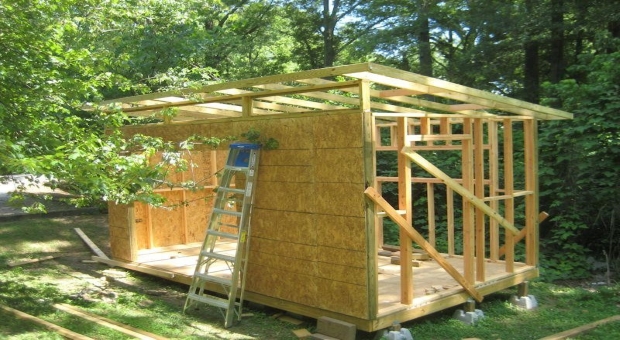




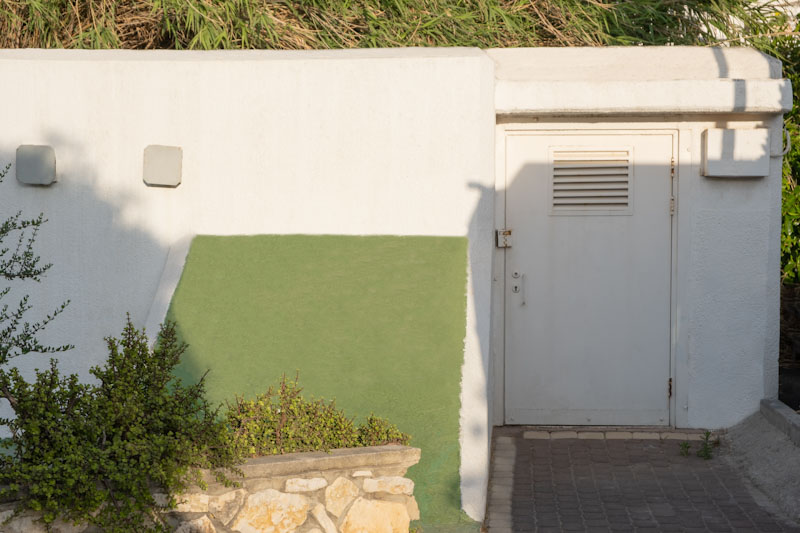
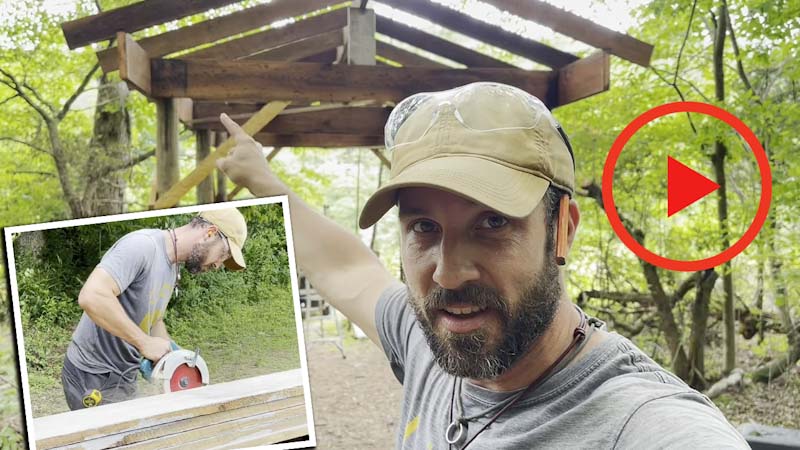
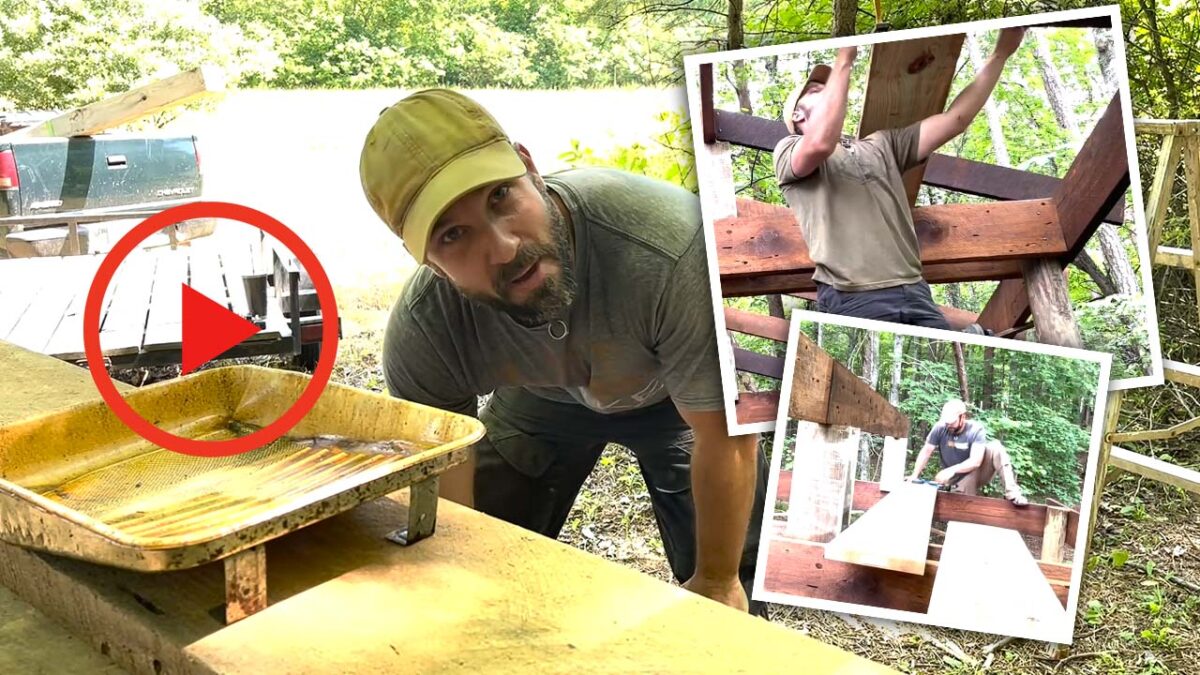
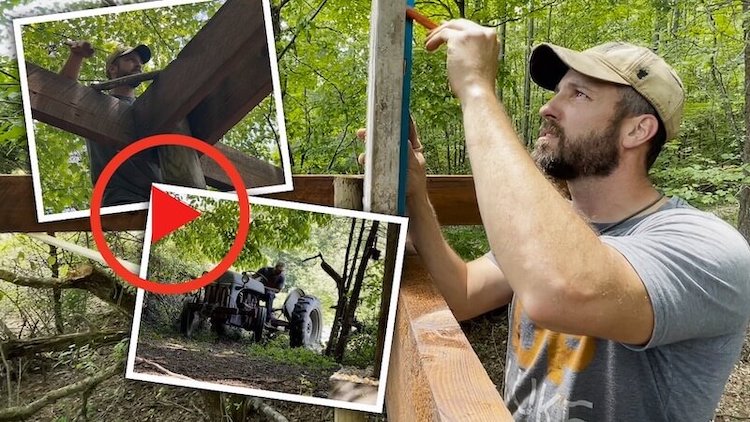

Fred Howard | June 24, 2019
|
You don’t mention Domes here but probably do on your Web Site. Monolithic or Geodesic Domes offer superior strength and can be fire, wind,, moister, and made Rot Proof fairly easily. Good for above and below ground applications.
BillH | June 25, 2019
|
I’m sorry, but a wooden above ground structure will do nothing to protect you from radioactive fallout. Breathing the air is not the primary issue; that is easily addressed by staying in your own home and leaving the windows shut. It is radiation directly from the fallout itself which will kill you quickly, unless you are not actually downwind of a nuclear bomb. In which case, breathing radioactive iodine (strongest culprit which is airborne) is not an issue, as there is no local source for radioactive substances in the air. And if you are so worried about substances in the air, then get a bottle of Potassium Iodate.
It doesn’t seem that any of the survival websites are getting this right. You need a fallout shelter, even a tiny one, to stay in if only a couple of hours or days. Then you need to do decontamination, in particular, wash the fallout off of your roof and plow the earth around your home. A system to water down your roof would be cool, and also defend against wildfires.
TheSouthernNationalist | June 27, 2019
|
I read that planting sunflowers will absorb radiation.